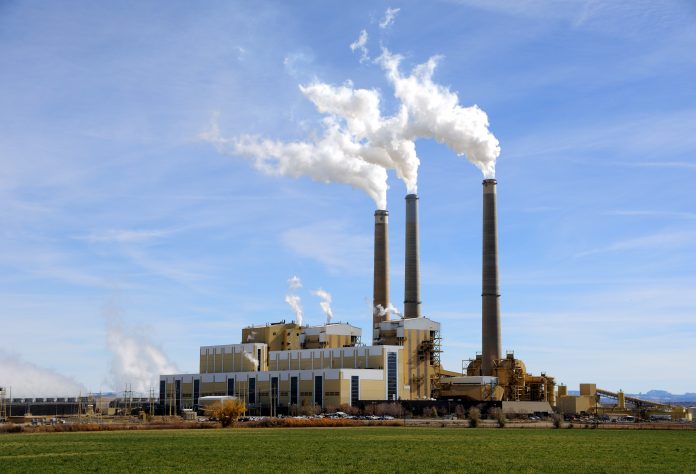
EIA Reports Oklahoma Coal-fired Power Plants Converted to Natural Gas
The energy industry has long sought to develop products and processes to anchor itself as a global necessity. State of the art natural gas-fired power plants are an example area where streamlined research and development has paid off. More specifically, the Energy Information Administration (EIA) announced earlier in the week that Oklahoma coal fired power plants are included in a list of 103 that have been converted to natural gas since 2011.
What is a natural gas-fired power plant?
A natural gas power plant generates electricity by burning natural gas for their fuel. They utilize a gas turbine where natural gas and air are added. These items combust and expand through the turbine causing a generator to spin a magnet. This creates the electricity. Waste heat is generated from this process because of the second law of thermodynamics. In an effort to be fiscally and environmentally responsible, some natural gas plants capture and use this heat for cogeneration purposes with one example being that of heating homes.
There are two types of natural gas power plants:
- Simple Cycle Gas Plants: Consists of a gas turbine connected to a generator.
- Combined Cycle Gas Plants: Combined with another external combustion engine and operates on the Rankine cycle.
Regardless the type, natural gas turbines consist of three main components:
- Compressor: Takes in air and increases pressure.
- Combustor: Burns the fuel thereby producing high pressure and velocity gas.
- Turbine: Extracts the energy generated from the gas coming from the combustor.
Major Oklahoma coal to natural gas-burning conversion project
The state’s well known Muskogee Power Plant was included in the list of conversion projects. Estimated at 75 million dollars, two of the plant’s three coal-fired powertrains were converted to natural gas. In 2019, it was expected that sulfur dioxide emissions would be reduced by almost 90% with nitrogen oxide emissions being lowered by 75%. Additionally, carbon dioxide emissions would see their own 40% reduction.
Oklahoma power plant history
It was widely believed that natural gas would find itself in short supply, therefore, coal plants were constructed in Oklahoma during the 1970s and ‘80s.
“The federal government mandated that utilities could no longer use natural gas as a boiler fuel,” said Brian Alford, a spokesman for Oklahoma Gas and Electric, in 2013. “At that time, the current thinking was that the U.S. was going to run out of natural gas. So, utilities needed to explore other options for generating electricity.
As of 2013, Oklahoma’s natural gas reserves accounted for approximately 40% of the state’s power generation. With hydroelectric and renewable sources such as wind providing a portion, the majority of the state’s electricity was generated from burning coal.
Due to newly created standards and guidelines, the United States’ coal plants were forced to install scrubbers to limit sulfur dioxide releases. As a result, Oklahoma’s formula for generating electricity quickly began to change.
With the state’s natural gas supply found later to be abundant, it then began to replace coal. According to okenergytoday.com, stricter emission regulations and greater efficiency in technology of natural gas turbines were the key reasons for the change.
Examining Oklahoma’s 2019 annual electricity statistics
- Natural gas fuels the largest portion of the state’s power generation.
- Coal-fueled power dropped from more than half to less than one-tenth between 2005 and 2019.
- Natural gas and wind energy were responsible for more energy in 2019 than coal.
- Natural gas-fired power plants produced more than half of the state’s electricity in 2019.
- Wind’s contribution exceeded one-third of the state’s generation of electricity.
Managing coal power plants’ future
According to the EIA, coal plant conversions will continue in response to strict emissions standards and natural gas’ low prices. Specific targeted areas include the Midwest and the Southeast regions of the United States. A decline in coal production and consumption will be matched with an increase in renewable energy. Paired with the efficient technology of natural gas, all of these improved electricity generating methods will play major contributing roles in the clean energy revolution.
Nick Vaccaro is a freelance writer and photographer. In addition to providing technical writing services, he is an HSE consultant in the oil and gas industry with eight years of experience. He also contributes to Louisiana Sportsman Magazine and follows and photographs American Kennel Club field and herding trials. Nick has a BA in Photojournalism from Loyola University and resides in the New Orleans area. 210-240-7188 [email protected]














